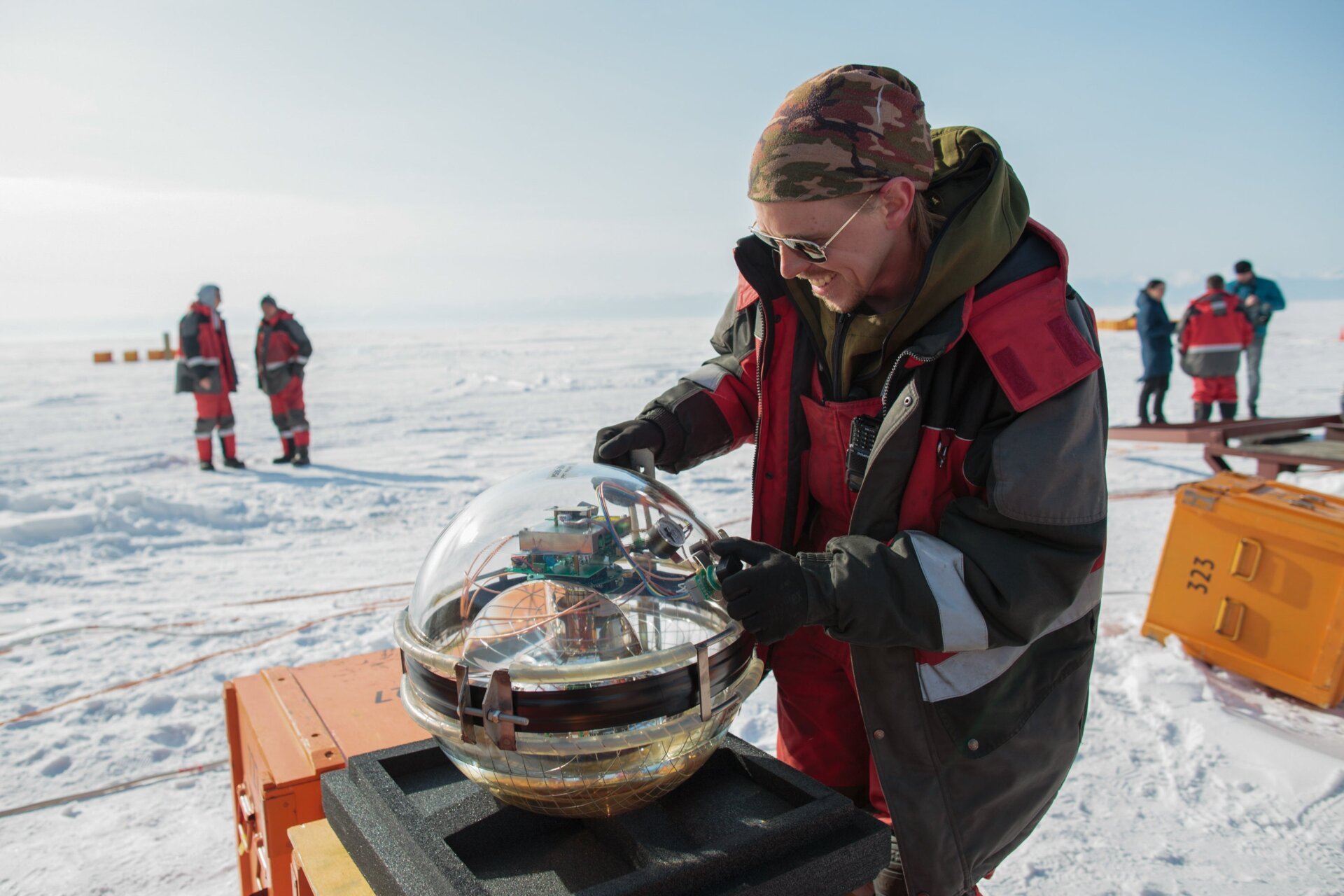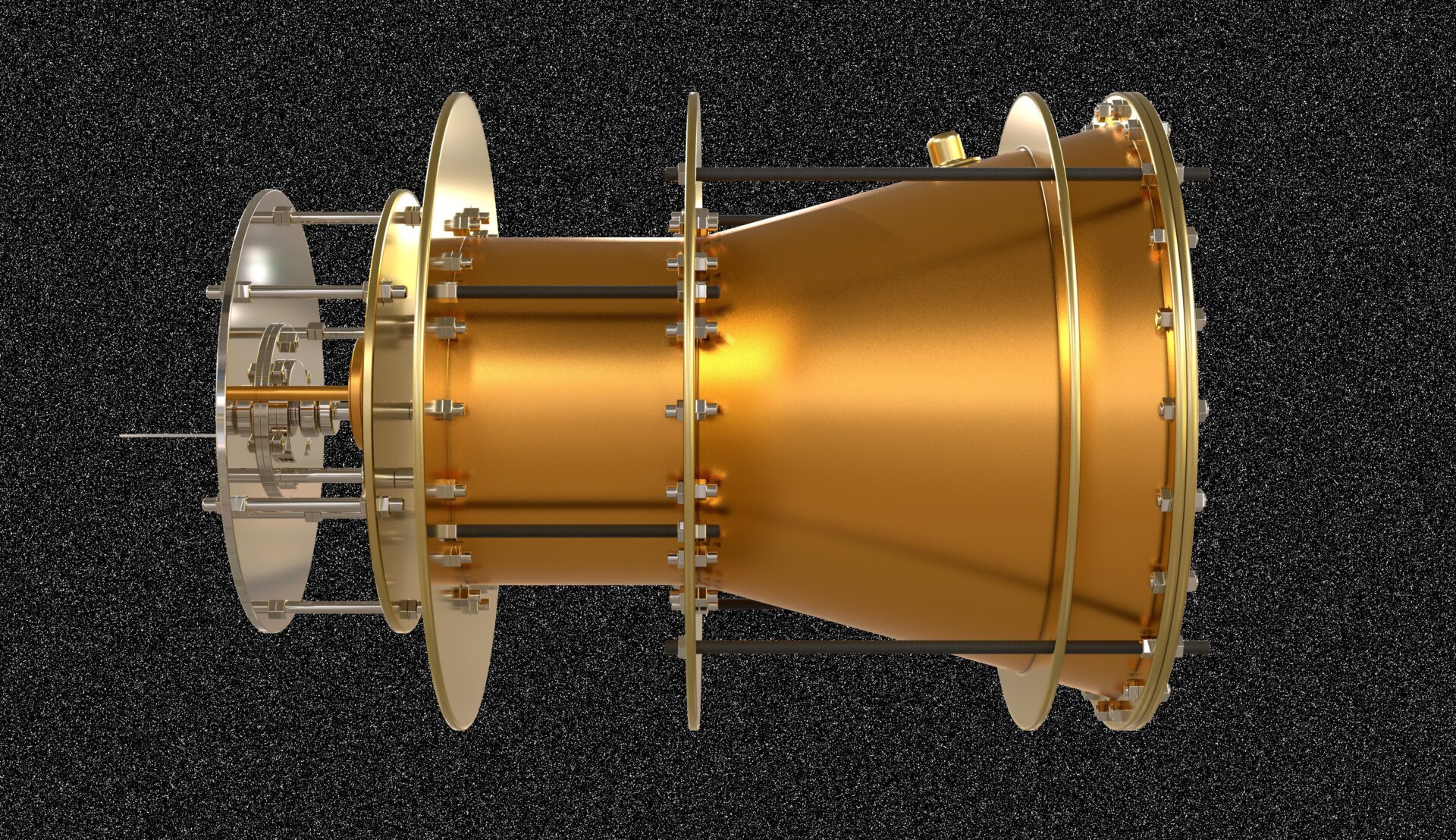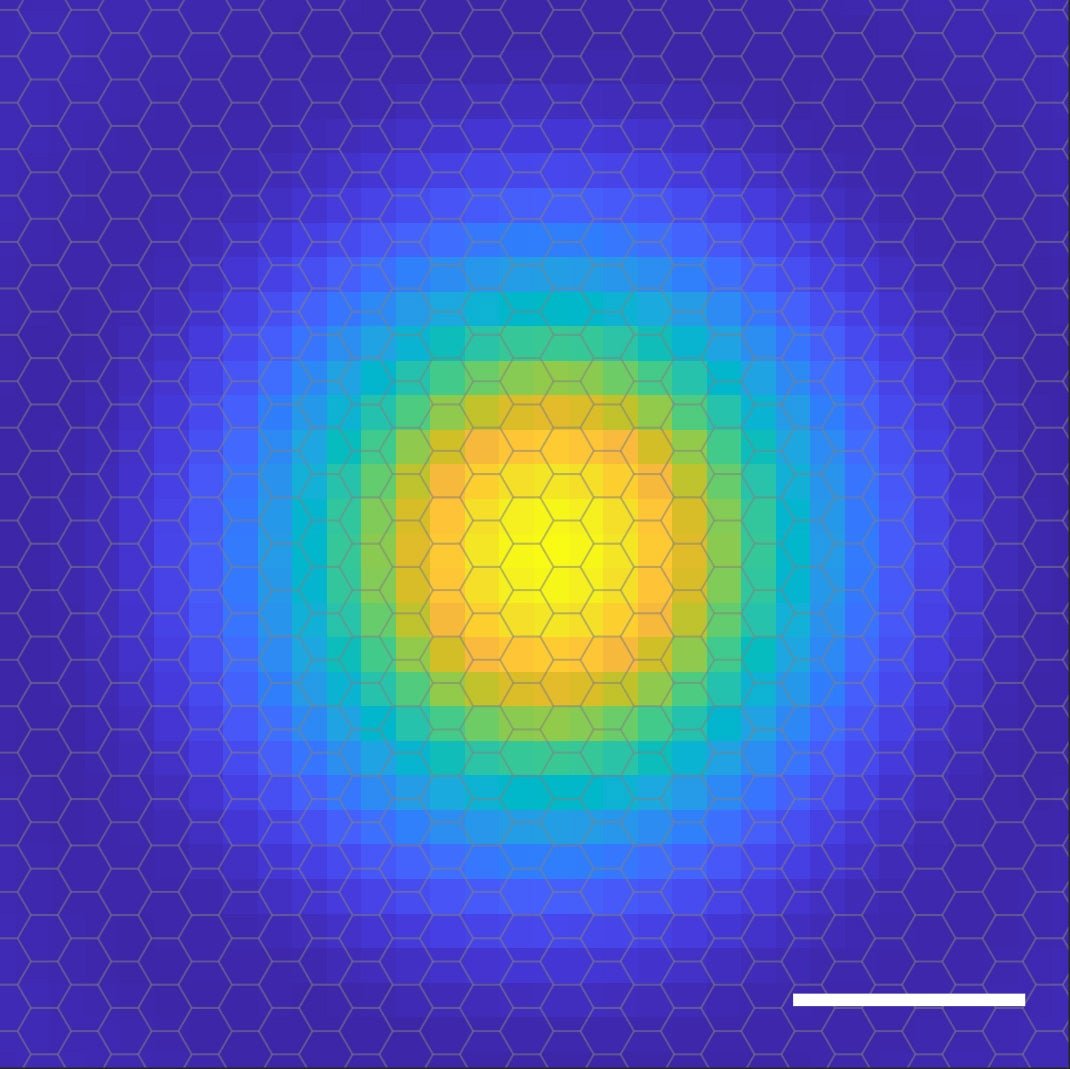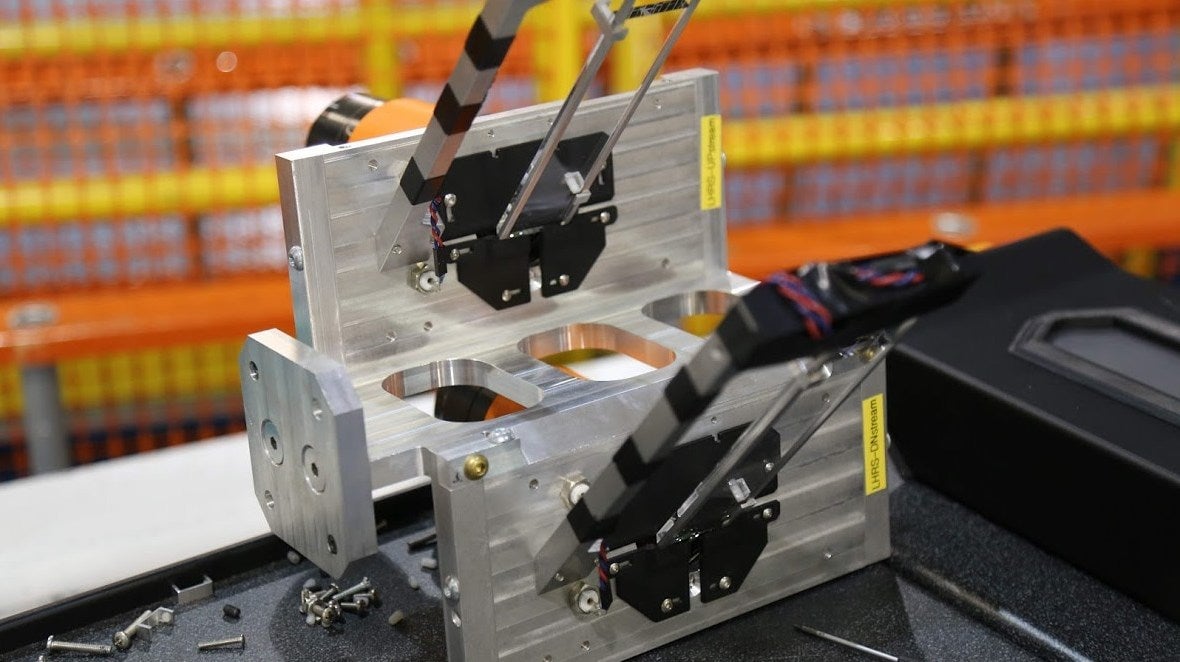Neutrinos, those elusive subatomic particles that effortlessly pass through matter, are the focus of a new telescope deployed in the frigid depths of Lake Baikal, the deepest lake on Earth. A team of Russian researchers, in collaboration with scientists from the Czech Republic, Germany, Poland, and Slovakia, submerged the Baikal Gigaton Volume Detector (Baikal-GVD) to gain a unique perspective on these ghostly particles.
This underwater deployment might seem counterintuitive for observing space, but unlike light telescopes, Baikal-GVD searches for neutrinos originating from cosmic events. These particles rarely interact with matter, making their detection incredibly challenging. Hundreds of trillions of neutrinos pass through our bodies every second without leaving a trace. However, when traversing certain media like water, neutrinos occasionally leave behind detectable evidence. Lake Baikal’s vast volume of freshwater, exceeding that of all the Great Lakes combined, provides an ideal environment for capturing these rare interactions. The telescope is strategically located about two miles offshore, under the thick ice that covers the lake during winter.
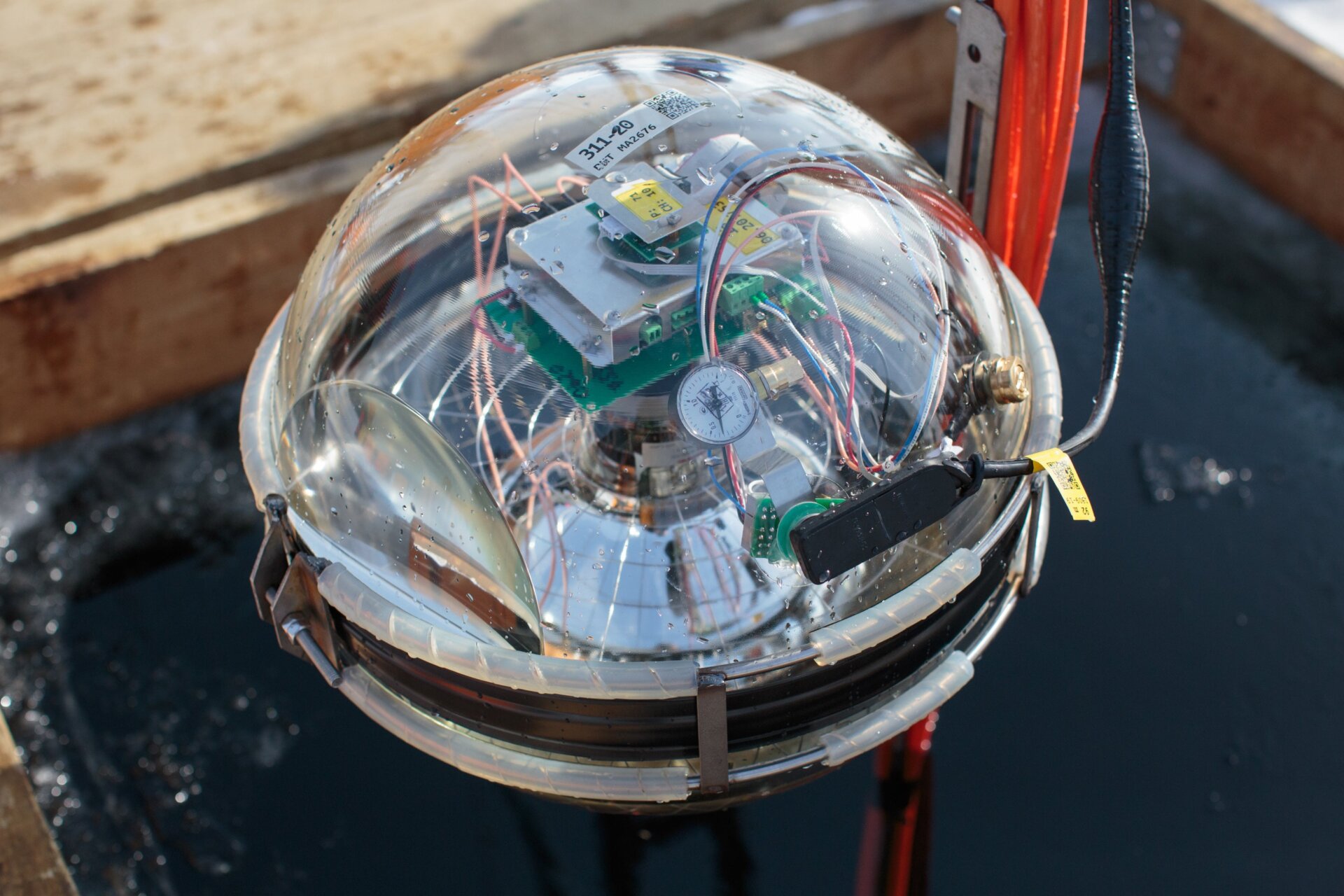 The topside of Baikal-GVD before deployment.
The topside of Baikal-GVD before deployment.
Why Lake Baikal?
Baikal-GVD isn’t the first neutrino detector; the IceCube observatory at the South Pole also hunts these particles within a cubic kilometer of ice. However, Lake Baikal offers unique advantages. Bair Shoibonov of the Joint Institute for Nuclear Research highlighted the lake’s exceptional depth, the clarity of its freshwater, and the presence of ice cover for several months each year as crucial factors for the telescope’s operation. The frozen surface provides a stable platform for deployment and maintenance during the winter months, while the deep, clear water allows for optimal neutrino detection.
A Technological Crystal Ball
Resembling a technological crystal ball, the Baikal-GVD, with its circuitry visible through a transparent glass sphere, is designed to detect neutrinos originating from a distance of roughly a third of a mile in any direction – comparable to the height of Toronto’s CN Tower. Future plans aim to double this detection range, according to Dmitry Naumov, also of the Joint Institute for Nuclear Research. This expansion will significantly enhance the telescope’s sensitivity and its ability to capture neutrino signals from more distant cosmic sources.
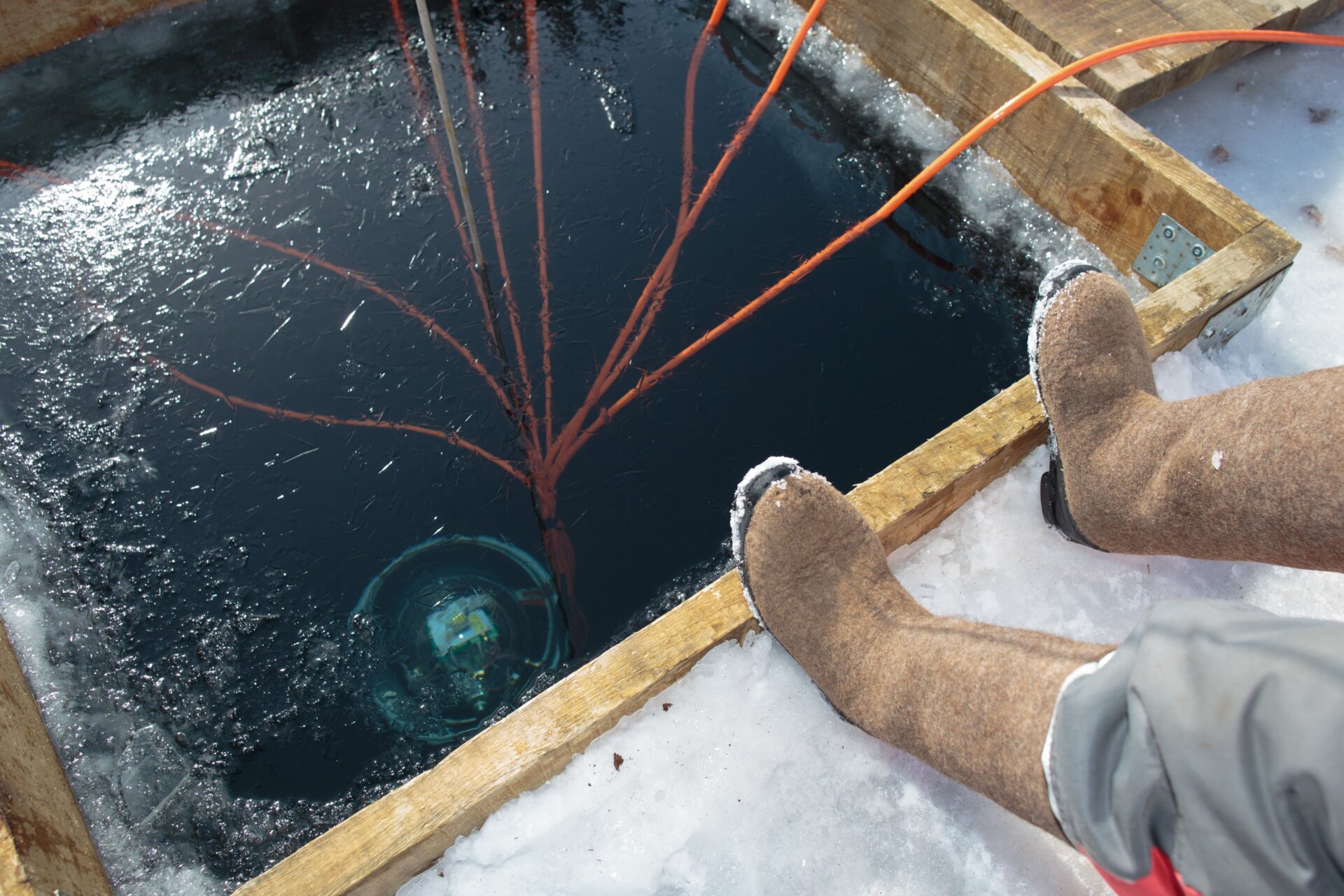 Baikal-GVD submerged thousands of feet underwater.
Baikal-GVD submerged thousands of feet underwater.
Unraveling the Mysteries of the Universe
The pursuit of neutrinos holds immense scientific significance. Understanding their behavior could provide insights into fundamental questions about the universe, such as the asymmetry between matter and antimatter. Why is there more matter than antimatter in the cosmos? Neutrinos may hold the key to unlocking this long-standing mystery. Further research into these elusive particles promises to expand our understanding of the universe’s fundamental building blocks and the processes that have shaped its evolution. The Baikal-GVD, submerged in the depths of Lake Baikal, stands poised to contribute significantly to this exciting field of scientific exploration.



